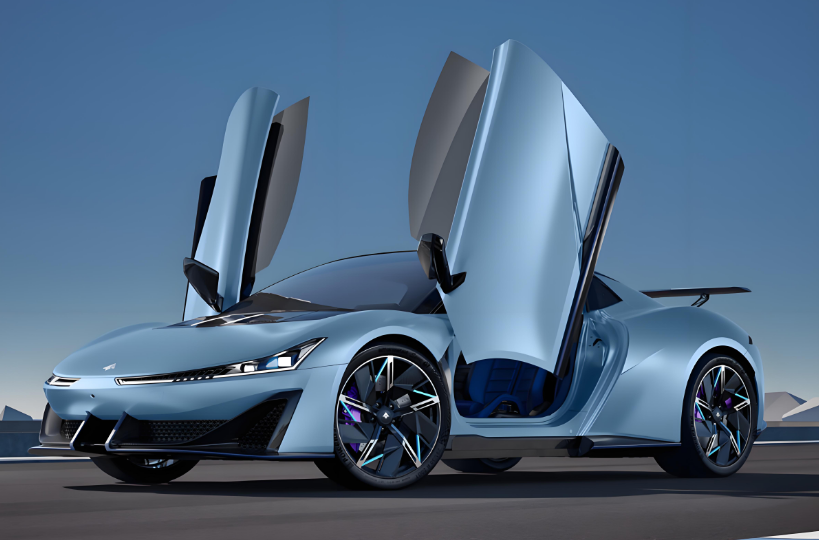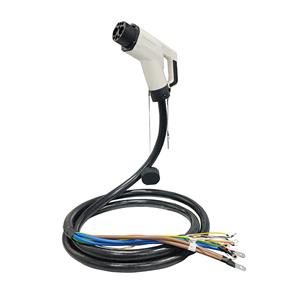Various electronic components in EVs
The advent of electric vehicles (EVs) has had a profound impact on the development and growth of various electronic components. As the automotive industry undergoes a transformation towards greener technology, several categories of electronic elements have experienced significant advancements and innovation:
1. Battery Technology: Lithium-ion batteries are at the heart of EVs, driving their success. The demand for high-capacity, lightweight, and long-lasting batteries has led to rapid improvements in materials science, cell design, and battery management systems. Advanced chemistries like NMC (Nickel-Manganese-Cobalt) and LG chem's solid-state batteries are being researched for higher energy density and safety.
2. Charging Infrastructure: The widespread adoption of EVs necessitates a robust charging infrastructure. This includes fast-charging stations, Level 2 chargers, and smart grid integration. Microgrids, smart meters, and advanced communication technologies are essential for efficient grid management and remote charging capabilities.
3. Electric Motors: EVs rely on highly efficient electric motors that require precise control and high-performance electronics. Permanent magnet synchronous motors (PMSMs) and induction motors have evolved to provide high torque, low noise, and high efficiency, with integrated motor controllers.
4. Power Electronics: Inverter technology, which converts DC power from the battery to AC for driving the motor, has advanced significantly. SiC (Silicon Carbide) and GaN (Gallium Nitride) semiconductors are replacing traditional IGBTs, offering faster switching speeds, better thermal performance, and reduced weight.
5. Vehicle-to-Grid (V2G) Technology: As EVs become more connected, V2G technology allows them to act as mobile energy storage units, returning power to the grid when needed. This requires advanced power electronics and communication interfaces to manage bidirectional energy flow.
6. Sensors and Telemetry: EVs are equipped with a plethora of sensors, including GPS, LiDAR, radar, and cameras, for enhanced safety and driver assistance. These systems demand high-performance processors, wireless connectivity, and data processing capabilities.
7. Software and Connectivity: The electrification of vehicles has led to the rise of software-defined cars, with complex operating systems and over-the-air update capabilities. Electronic control units (ECUs) are becoming more interconnected, relying on cloud services for real-time data analysis and vehicle optimization.
8. Energy Storage Solutions: Apart from batteries, EVs are incorporating other forms of energy storage, like ultracapacitors and flywheels, to optimize range, performance, and grid support.

In conclusion, the transition to electric vehicles has been a catalyst for numerous technological advancements in the electronic component sector, pushing the boundaries of innovation and shaping the future of mobility. As the industry continues to evolve, these components will play an even more critical role in enabling sustainable transportation.




